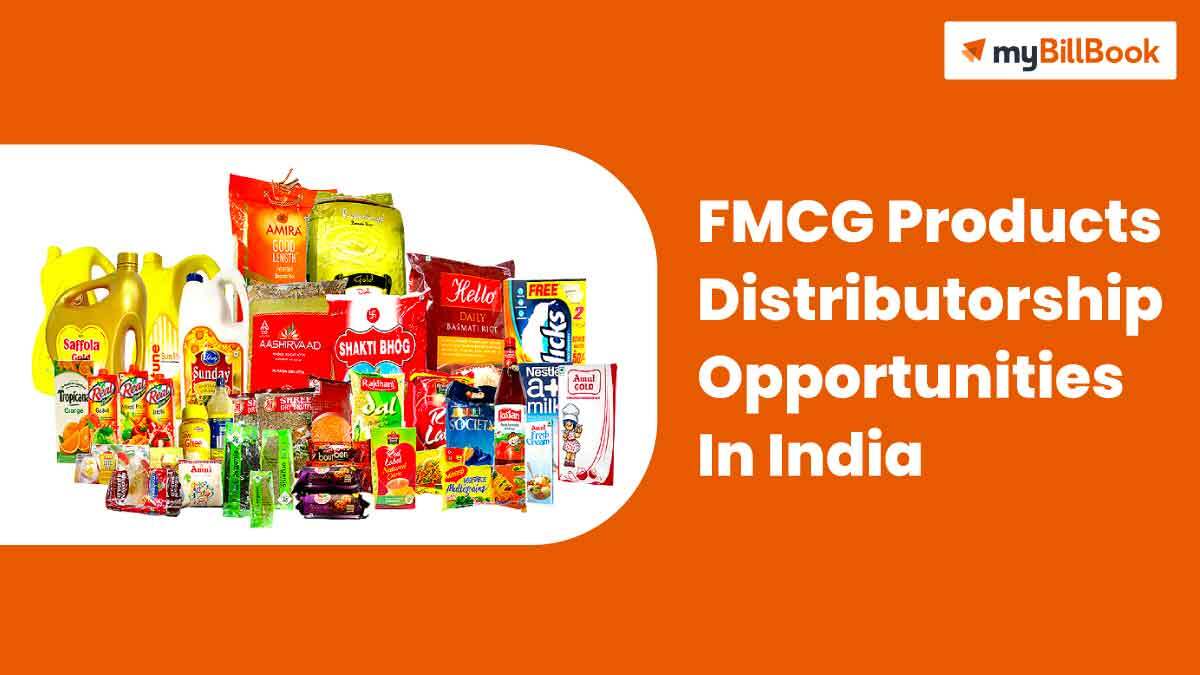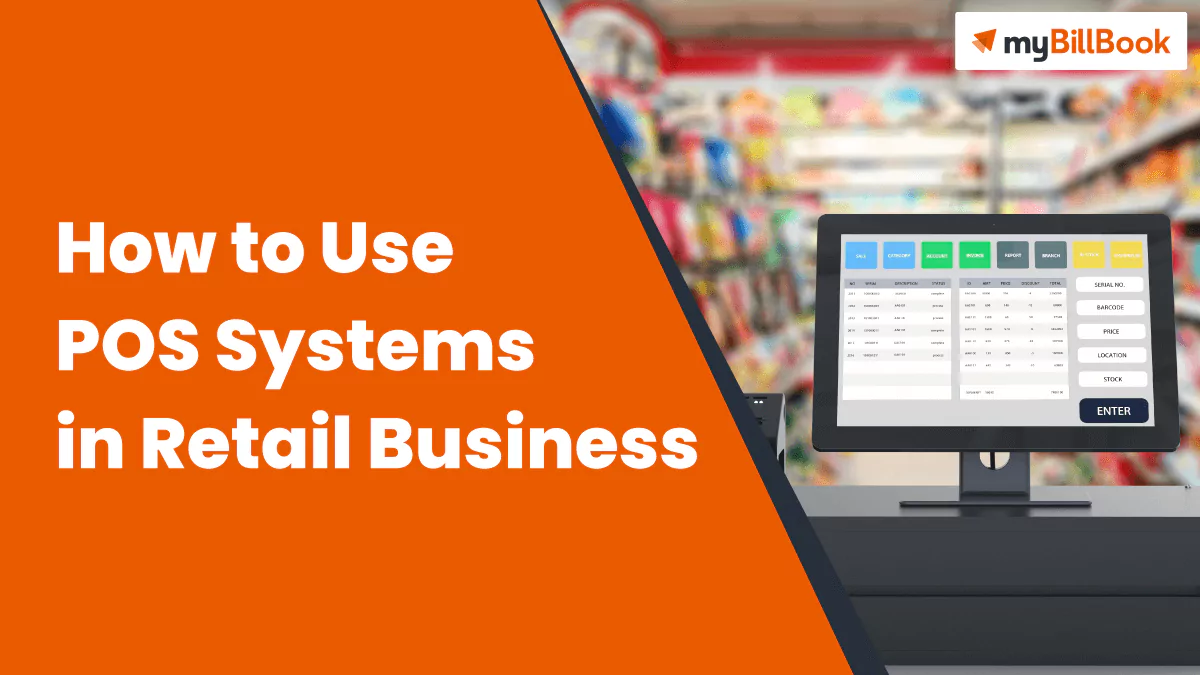Access to formal credit has always been one of the major concerns of SMEs in India. This difficulty arises due to traditional accounting methods, lack of accurate data, absence of credit score, etc. Most of the SMEs in India still rely on pen-paper to keep track of their business transactions like sales, purchases, cash flows, inventory count and many more. And business owners fail to maintain a proper trail of transactions.
If you are a business owner, you must know that you can avail business credit/loan easily from the banks or other financial institutions if you follow these steps.

With myBillBook, you can digitise your business transactions and keep track of your cash flow regularly. If you need to avail credit or loan from the bank, you can gather all the financial records you need to submit to the lenders. Based on the reports and insights generated from this software, you can make data-driven business decisions and use your loan money to increase your profits.






